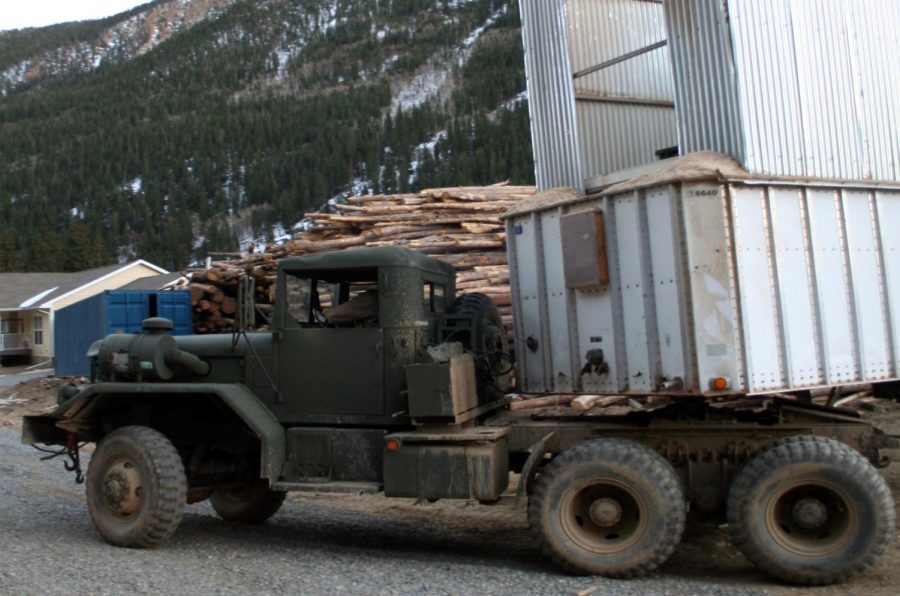Car Questions Answered: Number 2
What is an engine brake, and does my car have one?
Well, technically, the device is known as a compression release engine brake, but you’re more likely to hear it called a Jake brake, as the majority are manufactured by Jacobs Vehicle Systems, originally a drill chuck manufacturer.
The engine brake operates just like the name would imply. Depending on the name that is used in reference to the device, of course. The compression release engine brake operates just as it sounds. It releases compression in diesel engines.
However, it might be useful to have some understanding of how a diesel engine works. There are four strokes in a diesel engine. Intake, compression, combustion, and exhaust.
On the intake stroke, the engine draws air into the cylinder. The piston then compresses the air, until it ignites. That is the beginning of the combustion stroke, which pushes the cylinder back down. The cylinder then pushes back up, forcing the exhaust gas out.
The purpose of an engine brake is to open the exhaust valves on the compression stroke, forcing the fuel-air mixture out of the cylinder. The reason an engine brake is needed is because a diesel engine will draw in and compress air regardless of how far the throttle is opened, if at all. Therefore, even with the throttle closed, all the air drawn into the engine will be compressed and returned to the crankshaft.
This makes the diesel engine more efficient, but does nothing to help slow the vehicle. Unlike a gasoline engine, where closing the throttle prevents air from entering the engine, a diesel engine must have something open the exhaust valves. Enter the engine brake.
The brake operates by transferring the motion of the fuel injector rocker arm to the exhaust valves using engine oil. In other words, when the throttle is closed and the brake is on, movement of the fuel injector rocker arm triggers the exhaust valves to open and release the fuel-air mixture in the engine before it can be compressed and burned.
To engage the brake, first turn it on. Sometimes the driver will have the option to engage the brake on some of the cylinders but not all. Next, the throttle must be released. And in order to prevent the brake from engaging whenever the driver removes pressure from the accelerator pedal, the transmission must be in gear and the clutch released. The brake does the rest.
When the engine brake is operating, the air that otherwise would have be compressed is instead sent out through the exhaust system. This often results in a loud, deep, jackhammer-like sound. For this reason many communities try to prohibit engine braking in residential areas.
The likelihood that you have an engine brake in your car is impossible in a gasoline engine, and very, very unlikely if you drive a diesel car, as most diesel cars have a special throttle butterfly that prevents the engine from drawing in air when the throttle is closed. The only way that you would have a engine brake in your car is if you consider your diesel powered truck tractor to be a car.









